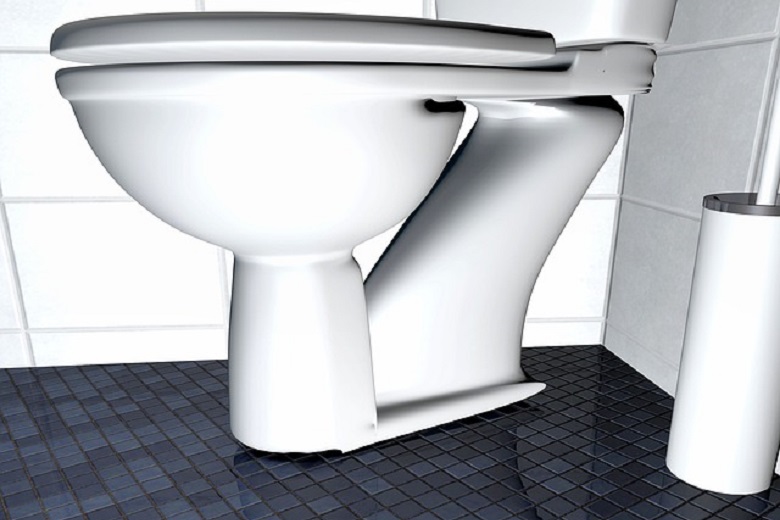Why you should keep the toilet lid closed before flushing

Are you among those that keep their toilet’s lid open while flushing it? There is a reason you need to close it during flushing the toilet bowl.
Research has shown that flushing the toilet with the lid close can reduce airborne particles by up to 50%. In addition to the visible water drops generated when flushing the toilet, smaller droplets of a few micrometers (µM) in diameter are also formed and are propelled into the ambient air.
These aerosolized droplets could contain fecal bacteria, such as E. coli and spread disease. Researchers at University College Cork assessed airborne particles in a communal toilet for a week. They used a bioaerosol sensor to monitor the number and size of the particles continuously and whether they were likely to contain bacteria.

The research found that lowering the toilet lid reduced the number of visible and smaller droplets by 30-60% during and after the flush. However, using the cover also increased the diameter and concentration of bacteria in these droplets.
It’s found that airborne microdroplets were detected for 16 minutes after flushing the toilet with the cover down, 11 minutes longer than when the toilet was flushed with the toilet bowl cover is up. The researchers suggest that this could be because the particles are re-aerosolized from surfaces rather than created by the turbulence of the toilet flush.
Alternatively, the researchers suggest that the airborne particles could stick to each other or clump together, causing them to stay airborne for longer. Other studies have also shown that using the toilet lid reduces the spread of visible droplets that are produced when the toilet is flushed, but the physics of smaller particles is less well known.
Human feces can contain several pathogenic bacteria, including E. coli, Staphylococcus, and Campylobacter. Identifying high-risk areas, such as hospital washrooms, where additional infection control could be applied to prevent the spread of infections and improve healthcare outcomes.




